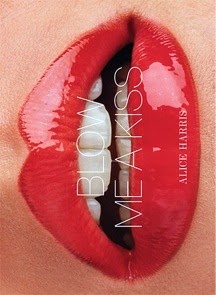 On April 22nd, Anne Fontaine's film Coco Avant Chanel, starring Audrey Tautou, opened in France. US audiences will see it later this year, along with Jan Kounen's Coco Chanel & Igor Stravinsky with Anna Mouglalis. Since Tautou and Mouglalis are essentially members of the extended Chanel family (representing fragrances No. 5 and Allure) both projects had the company's blessing, not to mention access to current designer-in-residence, Karl Lagerfeld. A third version of the story, by director Danielle Thompson, is also in production. Nearly 40 years after her death--and more than a hundred years since her birth, in 1883--Gabrielle "Coco" Chanel continues to fascinate. She was the right woman in the right place at the right time.
On April 22nd, Anne Fontaine's film Coco Avant Chanel, starring Audrey Tautou, opened in France. US audiences will see it later this year, along with Jan Kounen's Coco Chanel & Igor Stravinsky with Anna Mouglalis. Since Tautou and Mouglalis are essentially members of the extended Chanel family (representing fragrances No. 5 and Allure) both projects had the company's blessing, not to mention access to current designer-in-residence, Karl Lagerfeld. A third version of the story, by director Danielle Thompson, is also in production. Nearly 40 years after her death--and more than a hundred years since her birth, in 1883--Gabrielle "Coco" Chanel continues to fascinate. She was the right woman in the right place at the right time.She probably didn't feel that way as a child of the Auvergne, in central France. Her tubercular mother died before Gabrielle was 12; her father dumped her at an orphanage, never to be seen again; and the girl struggled to earn a living and pick up some schooling while working as a seamstress, a school maid, and, briefly, as a cabaret performer. Chanel must have had great strength of will: by all accounts, the charming, if idiosyncratic, young woman who emerged from this painful childhood already showed signs of the talent, ambition and almost haughty self-confidence that would make her famous. Then she discovered men--and their clothes--and her education really began.
Chanel was pretty, but she didn't have the funds, or figure, for the Belle Epoque's heavily-corseted fashions. Menswear was a revelation, and may well have been the key that unlocked her innovative talent. To paraphrase an old peasant expression (often attributed to Picasso), Beggars borrow, but geniuses steal--and Chanel stole like a magpie from the wardrobes of successive boyfriends. First out of the gate was the horse-mad Étienne Balsan, who introduced her to the beau monde and indulged her taste for hacking jackets and jodhpurs. The polo player Arthur "Boy" Capel loaned Chanel money to start an atelier and open her first stores, in Paris and Deauville; he introduced her to bespoke tailoring; and his closet provided jersey sweaters, which she scissored from neck to hem, finished with ribbon and wore with such aplomb she sold dozens. Chanel had a "Russian period," including affairs with Igor Stravinsky and Grand Duke Dimitri Pavlovich (who lavished her with sable coats and heavy gold chains) followed by an "English period" spent with the dashing, sports-loving Duke of Westminster. Massively rich, he enfolded Chanel in a heady lifestyle combining British practicality and worldly luxury. By the mid-twenties, she was already a celebrated couture designer with a well-honed eye, always seeking inspiration: she copied the navy blazers, brass buttons and striped tops of Westminster's yachting crew; she lifted traditional argyle and fair isle patterns from his country wardrobe; and, from the man himself, she snagged things like his polo coat, which she belted around her small frame and wore to a chilly day at the racetrack. He, in turn, gave her extravagant presents, from ropes of pearls to her own textile factory, where she pushed the staff to create the same soft, pretty tweeds she's still known for to this day.
Chanel loved men and their clothes, but she also had a distinctly feminine side. As a milliner, she'd liked ribbons and bows; she loved flowers, too, especially roses and gardenias. In 1920, she asked chemist Ernest Beaux to partner with her in a new business venture. He produced a heady, synthetic-laced floral fragrance packing the wallop of an iron fist inside a velvet glove; she packaged it in a stark, glass flacon inspired by bottles she'd seen in men's toiletry kits; and the result, No. 5, still needs no introduction some 89 years later. Perhaps Chanel could divine which symbols had the most potency: she added camellias to her repertoire after Garbo's 1936 film, Camille, helped repopularize these 19th-century favorites, and they soon outstripped roses and gardenias to become the flower most associated with her designs. Perhaps she was just true to her own tastes, and women responded. In any case, as the '30s progressed, her collections became more romantic. Evening clothes were especially pretty: there were lace dresses and boleros, clouds of tulle, and charming touches like pailletted veils and jaunty little hats. One of her last pre-war collections, shown just before France entered the fray, was inspired by Watteau's paintings and featured fitted suits with touches of lacy white froth at the neck and sleeves. Karl Lagerfeld may well have revisited this part of the archives while designing Fall 2009's ready-to-wear collection. He also dipped into those eternal tweeds, repackaged the classic shoulder bag inside a plexiglass carry-all and sent it all down the runway with nods to the past, the present and the future. The basic vocabulary, however, still belongs to that formidable woman who saw options where other people saw only clothes: Gabrielle "Coco" Chanel.
www.chanel.com

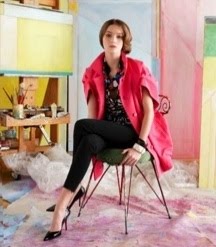
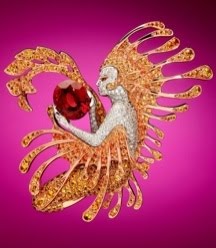






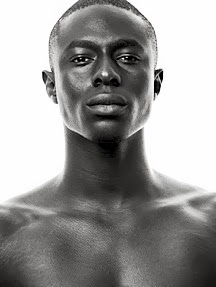










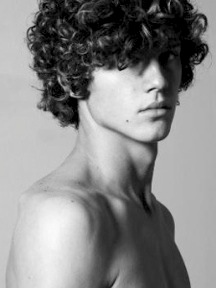.jpg)

.jpg)

.jpg)
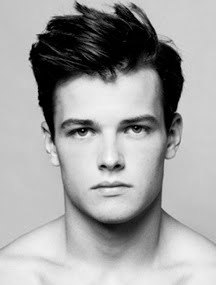

.jpg)
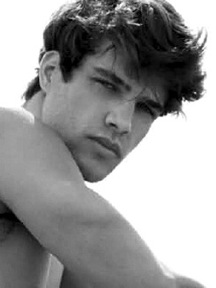


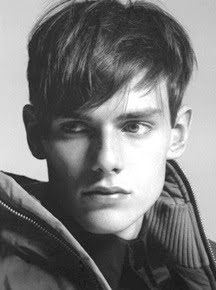
.jpg)





